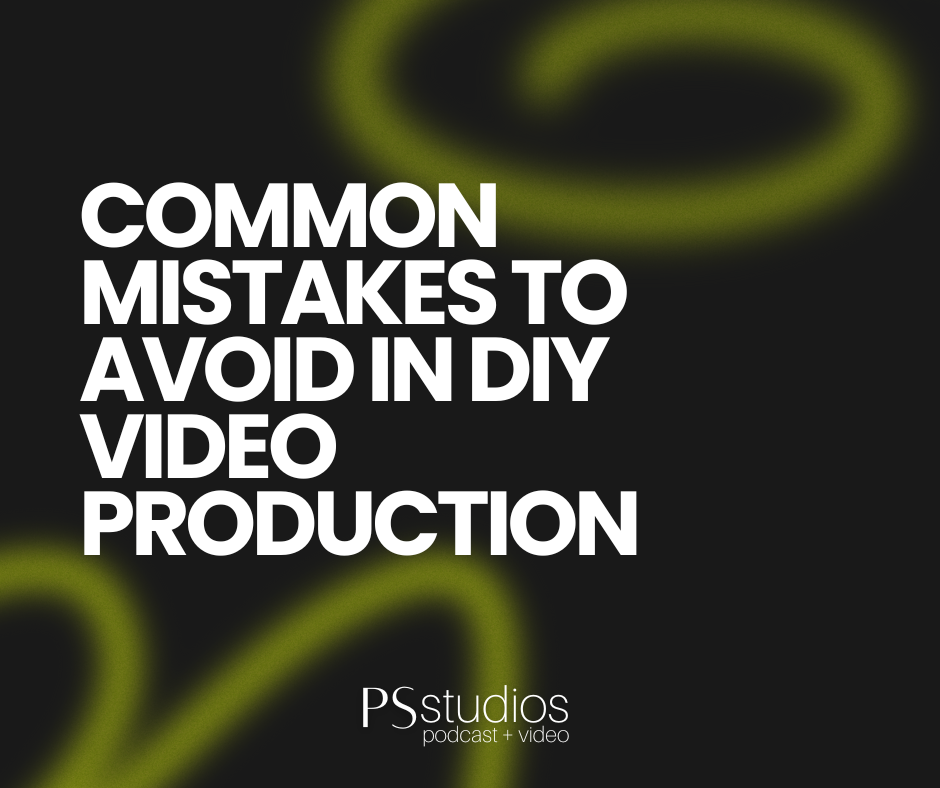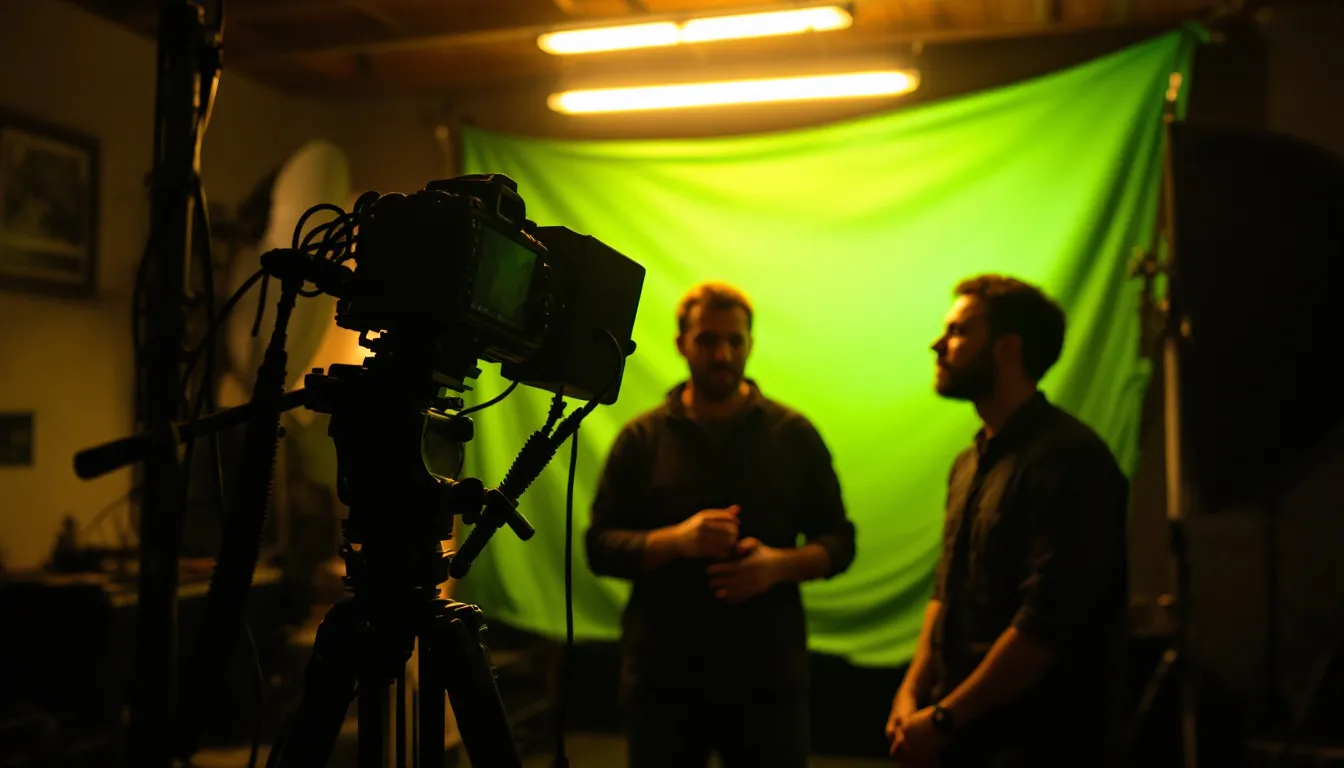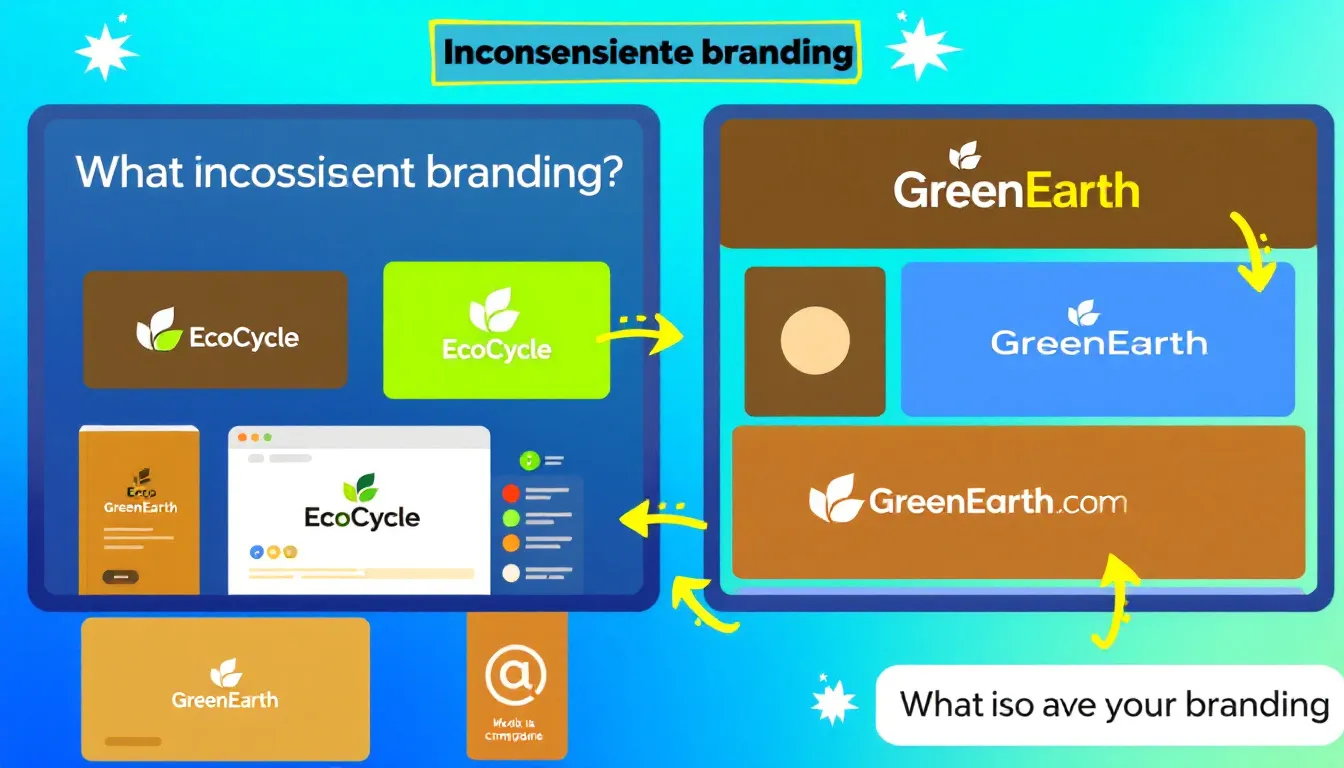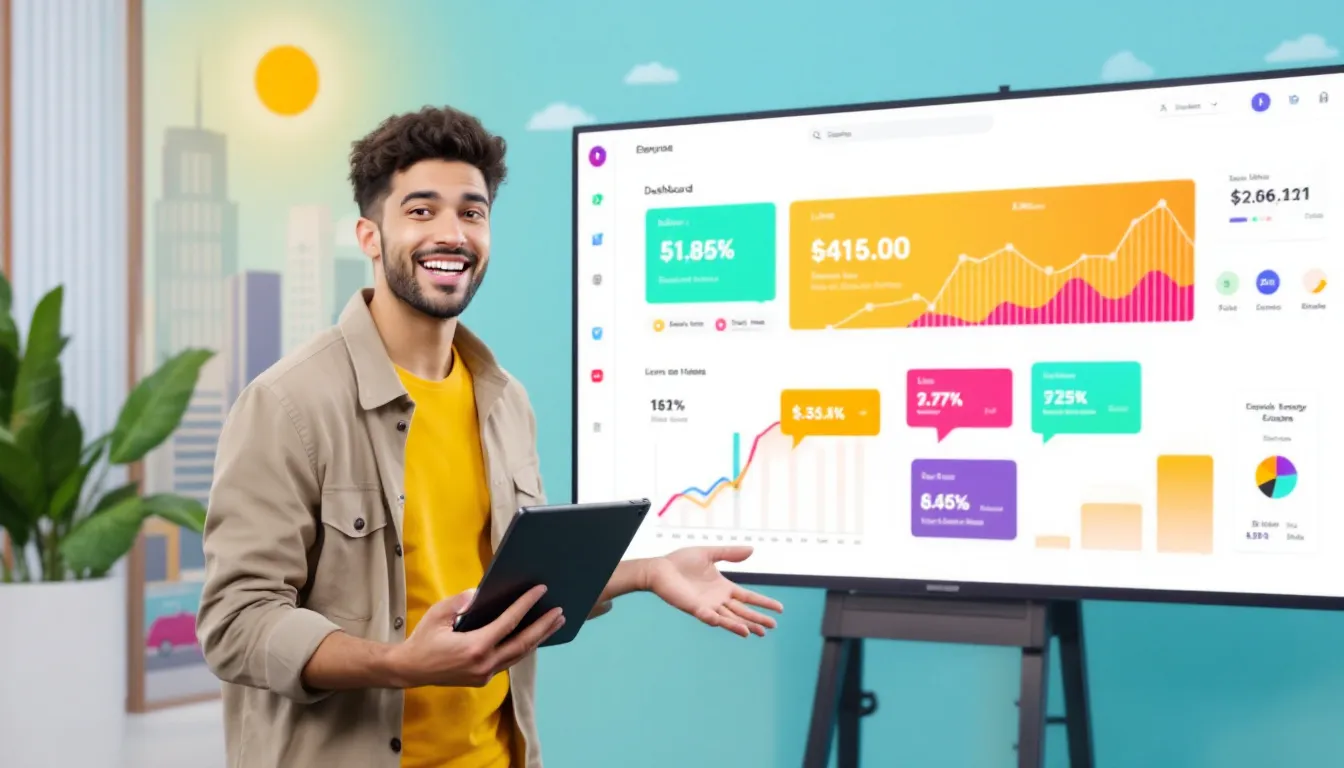
Common Mistakes to Avoid in DIY Video Production
If you’re diving into DIY video production, it’s crucial to know what not to do. In this article, we outline the most common mistakes to avoid in DIY video production. This guide will help you sidestep these pitfalls and create better videos that resonate with your audiences.
Consistent and high-quality video content is essential for building trust with your audience.
Introduction to DIY Video Production
DIY video production is the process of creating high-quality video content without relying on external production companies. With the advancement of technology, DIY video production has become more accessible and affordable for businesses and individuals. This democratization of video production empowers small businesses and entrepreneurs to create engaging content that resonates with their target audience.
A well-planned DIY video production involves several steps, including planning, scripting, filming, and editing. By following a structured approach, individuals can create professional-looking videos that showcase their brand identity and values. This process not only helps in maintaining a consistent tone but also ensures that the content aligns with the overall brand strategy. Whether you are a small business or an individual creator, mastering DIY video production can significantly enhance your content creation process and help you connect with your audience on a deeper level.
Key Takeaways
- Effective video production requires thorough planning, audience understanding, and sound strategy to align with the business’s overall objectives, preventing directionless content and engaging viewers.
- High-quality audio and lighting setups are essential for producing professional videos; poor conditions in these areas distract from content quality.
- Regular performance analysis using analytics tools is necessary for optimizing video content, enhancing audience engagement, and guiding future improvements.
Understanding the Importance of Video Content
Video content has become an essential part of any marketing strategy, allowing businesses to connect with their audience and build brand awareness. High-quality video content can help establish a business as a thought leader in its industry, increasing brand trust and credibility. By telling compelling stories, showcasing products, and providing exceptional customer service, video content becomes a powerful tool for engaging with customers.
A well-crafted video content strategy can help businesses increase their online presence, drive organic traffic, and boost sales. By incorporating video content into their marketing mix, businesses can create a strong brand promise that resonates with their target audience. This not only enhances consumer perception but also fosters long-term customer relationships. In today’s digital age, leveraging video content is crucial for any business looking to establish a strong brand and achieve sustainable growth.
Poor Planning and Content Strategy

Effective video production starts with thorough planning, helping maintain organization and ensure consistent publishing. The content creation process involves planning, scripting, and storyboarding. These steps created focused videos that align with your brand strategy and marketing goals. A lack of a well-thought-out plan can make your video content directionless and unengaging for your audience.
Selecting the right content format, such as a blog post, is crucial for effective content planning.
Storyboarding is crucial in content creation, serving as a visual guide to ensure all necessary shots are included and allowing for easier revisions. It helps teams visualize the final product and make necessary adjustments. Flexibility in content creation allows adaptation based on audience feedback and evolving information.
Effective content planning includes brainstorming content ideas that resonate with your target audience, selecting the right content format, and organizing the production schedule. Investing time in planning helps create engaging content while creating content aligned with your brand’s objectives. A strong content idea can enhance the overall effectiveness of your strategy.
Defining the Purpose of the Video
Before creating a video, it’s essential to define its purpose and identify the target audience. The purpose of the video can be to educate, entertain, or persuade the audience, and it should align with the business’s overall brand strategy. A clear understanding of the target audience’s needs and preferences is crucial in creating engaging content that resonates with them.
By defining the purpose of the video, businesses can create a focused content creation process that yields high-quality results. This clarity helps in crafting a narrative that aligns with the brand’s objectives and appeals to the audience. A well-defined purpose can also help businesses measure the success of their video content and make data-driven decisions to improve their marketing strategy. Ultimately, a purposeful video not only engages the audience but also drives meaningful interactions and conversions.
Ignoring Target Audience
Understanding your target audience is key to creating compelling video content. Skipping audience research can result in irrelevant content that fails to engage potential customers, wasting resources. Creating engaging content requires thorough audience research, including demographics, psychographics, and behavioral characteristics. This research clarifies the needs and preferences of your target market, enabling tailored content.
Using audience insights tailors content marketing to resonate better, increasing engagement and customer trust. For instance, content for young adults interested in technology should reflect topics and styles that appeal to them. Content that addresses your audience’s interests and pain points can increase brand awareness and foster stronger customer relationships, influencing consumer perception.
Collaborating with your sales team and other departments can provide valuable insights into your customer base. Leveraging this information helps create content that addresses the specific needs and desires of potential buyers in the market, driving higher engagement and conversions with the company’s products through exceptional customer service as the business grows.
Inadequate Lighting Setup

Poor lighting can severely degrade video quality, making it appear unprofessional. Mastering lighting can significantly elevate your video’s visual appeal. Natural light is valuable, and shooting during daylight can enhance video quality without extra costs. However, relying solely on natural light can be limiting due to fluctuations throughout the day and weather conditions.
DIY lighting solutions like using household items to create multiple pieces can significantly improve lighting quality. Inexpensive LED panels can provide professional lighting without exceeding budget constraints. Clamp lights with high-wattage bulbs covered by white parchment paper can be effective lighting sources. These solutions offer flexibility and control, ensuring consistent and well-lit footage.
Controlling lighting conditions is vital; tangible elements like proper lighting setups are crucial for maintaining a professional look. Choose filming locations where you can manipulate the lighting to achieve the desired effect. Investing time and effort into proper lighting setup creates visually appealing videos that captivate your audience.
Bad Audio Quality
Clear audio is as critical as high-quality video; poor sound is often more distracting than visual flaws. Wind noise can severely deteriorate audio quality; a dead cat windscreen effectively mitigates this issue during outdoor recordings. Noise levels in the location impact audio quality; selecting a quiet space avoids distractions. Monitoring audio through quality headphones ensures proper recording levels and sound clarity.
Clear audio quality is essential for effectively showcasing a company’s products, as it helps in delivering a clear and professional message.
Wireless microphones offer flexibility in sound recording but require careful frequency management to avoid interference. A separate audio recorder can enhance sound quality, especially if the camera lacks good preamps. Budget-friendly microphones can deliver quality results if used correctly and matched to the recording context. Investing in decent audio equipment produces videos with clear and professional sound.
Sound editing in post-production significantly sets the mood and enhances the video’s narrative. Post-production allows correction of mistakes made during filming, such as shaky footage or poor audio quality. Paying attention to audio quality throughout the production process ensures videos that are visually appealing and pleasant to listen to.
Overlooking Background and Setting

Choosing the right background for a video significantly influences how the narrative is perceived. A location reflecting your brand’s culture is crucial for maintaining a cohesive narrative. For example, if your brand promotes eco-friendly products, filming in a natural setting enhances the authenticity of your message. The background and setting should align with your video’s message to enhance its effectiveness. Intangible elements like brand perception and associations also play a crucial role in creating a cohesive narrative.
Accessibility for the film crew and participants is crucial; consider parking and unloading logistics when choosing a location. Ensuring the filming location’s safety is critical, especially given the expensive equipment used in video production. If filming outdoors, prepare for weather changes and have contingency plans for potential disruptions. Considering these factors ensures a smooth filming process and avoids unnecessary delays.
Choose locations that offer versatile settings, allowing for diverse shots and a rich visual narrative. A well-chosen location adds depth and interest to your video, making it more engaging for viewers. Paying attention to the background and setting creates visually appealing videos that capture your audience’s attention.
Lack of Consistent Branding

Consistent branding fosters customer loyalty through familiarity and trust. Branding helps consumers connect with the business. Consumers can’t consider purchasing without awareness, making brand awareness crucial. Consistent use of visual elements significantly enhances brand recall among consumers. Inconsistent branding is a common mistake that can confuse viewers.
An iconic logo can significantly enhance brand recognition and loyalty, making it easier for consumers to identify and connect with the brand across various platforms, especially in social media.
Consistency in branding builds trust, shows authenticity, and prevents confusion. Brands ensure a unified presence by using brand guidelines and a comprehensive guide brand style guide. Guidelines should cover aspects like logo usage, color palette, typography, and tone of voice, including brand voice. Adhering to brand guidelines ensures multiple pieces of content reflect a consistent tone and a cohesive brand identity.
Strong branding increases business name value by providing a unique and memorable identity. A powerful brand is instantly recognizable and resonates with consumers, leading to increased loyalty and brand trust. Consistent branding across different platforms creates a strong brand presence that supports your marketing branding efforts, brand values, brand valuation, brand extensions, business growth, high brand awareness, brand management, and brand promise.
Creating Engaging Content
Creating engaging content is critical to the success of any video marketing campaign. Businesses should focus on creating content that is informative, entertaining, and relevant to their target audience. A strong brand identity and consistent tone are essential in creating engaging content that resonates with the audience.
By using a mix of visuals, music, and storytelling, businesses can create content that captures the audience’s attention and leaves a lasting impression. Social media platforms can be used to promote video content and increase its reach, making it an essential part of any content marketing strategy. Engaging content not only attracts viewers but also encourages them to interact with the brand, fostering a deeper connection and loyalty.
Creating High-Quality Video Content
Creating high-quality video content requires a combination of technical skills, creativity, and attention to detail. Businesses should invest in good camera equipment, lighting, and sound to ensure that their video content looks professional and polished. A well-planned content creation process can help businesses create high-quality video content that showcases their brand values and personality.
By using a brand style guide, businesses can ensure that their video content is consistent with their overall brand identity and messaging. High-quality video content can help businesses increase their brand valuation, build strong customer relationships, and drive business growth, making it an essential investment for any business looking to establish a strong online presence. Investing in quality not only enhances the visual appeal but also reinforces the brand’s commitment to excellence, thereby building trust and loyalty among customers.
Skipping Post-Production Editing
Post-production transforms raw footage into a polished final product by refining storytelling through editing and tangible elements like visual effects and transitions. Color grading during post-production adds visual appeal and can alter the video’s tone. Transitions and effects in post-production help maintain a smooth flow and engagement throughout the video. The final edit aligns the content with the intended narrative, ensuring the video resonates with the audience.
Skipping post-production editing results in a video that feels unfinished and lacks coherence. Investing time and effort into editing fine-tunes your content and creates a professional-looking video.
Attention to post-production enhances your video’s overall quality and impact, making it more engaging for viewers.
Neglecting SEO and Metadata
Audience insights guide marketing strategies, including SEO and content focus. Distinct and engaging video titles enhance visibility in search results. Using relevant keywords in video titles and descriptions significantly improves search engine ranking. Optimizing your videos for search engines increases organic traffic and reaches a broader audience.
A well-designed website can significantly enhance video visibility and engagement by providing a seamless user experience and showcasing your content effectively.
Neglecting SEO and metadata results in videos being overlooked by search engines, reducing visibility and impact. Incorporating keywords and other elements improves search engine ranking. Attention to SEO and metadata ensures your videos are easily discoverable and reach their intended audience.
Not Utilizing Social Media Effectively

Optimizing video content for social media enhances visibility and performance by adjusting format and size for each platform. Including captions is crucial as many users view videos with the sound off, enhancing engagement. Adapting videos for mobile devices ensures clear visuals and text on smaller screens, enhancing user experience.
Short videos, ideally 15 to 30 seconds, are more effective for capturing attention on social media due to users’ limited attention spans. Regular posting of video content keeps the audience engaged and improves visibility through social media algorithms. Promoting blog posts across different platforms reaches more of the target audience. Adjusting the format and tone for each platform is important when promoting social media posts.
By utilizing social media effectively, you can increase engagement and reach a broader audience. Social media profiles provide a platform for customer interactions and customer feedback, empowering individuals to connect with your brand and share their experiences.
Failing to Analyze Performance
Analyzing content performance is crucial as it identifies audience engagement and guides improvement. Analytics platforms such as Amplitude and Mixpanel provide detailed insights into user behavior and engagement patterns specific to video content. Using heatmaps and session playback tools can help visualize user interactions and identify pain points in video engagement. Incorporating A/B testing tools like Optimizely can optimize video performance by comparing different content versions.
Targeting different markets can help optimize video performance and reach a broader audience.
Most platforms’ built-in analytics tools and Google Analytics 4 can aid in content performance analysis. Push notifications can be used to engage users at critical moments, enhancing the likelihood of video interaction. By analyzing performance metrics, you can make data-driven decisions to improve your video content and increase engagement.
Avoiding common mistakes in DIY video production can significantly enhance the quality and effectiveness of your content. Proper planning, understanding your target audience, investing in good lighting and audio equipment, and paying attention to post-production editing are essential steps in creating professional videos. Additionally, consistent branding, optimizing for SEO, utilizing social media effectively, and analyzing performance metrics can further improve your video’s impact and reach.
Entering new industries can help diversify your content and reach new audiences, allowing you to leverage existing brand recognition to expand your market presence.
By applying the tips and insights shared in this guide, you can create compelling and engaging videos that resonate with your audience. Remember, video production is a continuous learning process, and staying informed about best practices will help you adapt and improve over time.
Interested in starting a podcast or upleveling your existing show? Schedule your free discovery call with our expert production team at PS Studios. During this call we will discuss your goals, timeline, and how we can help. We work with clientele across the country and look forward to chatting with you!


